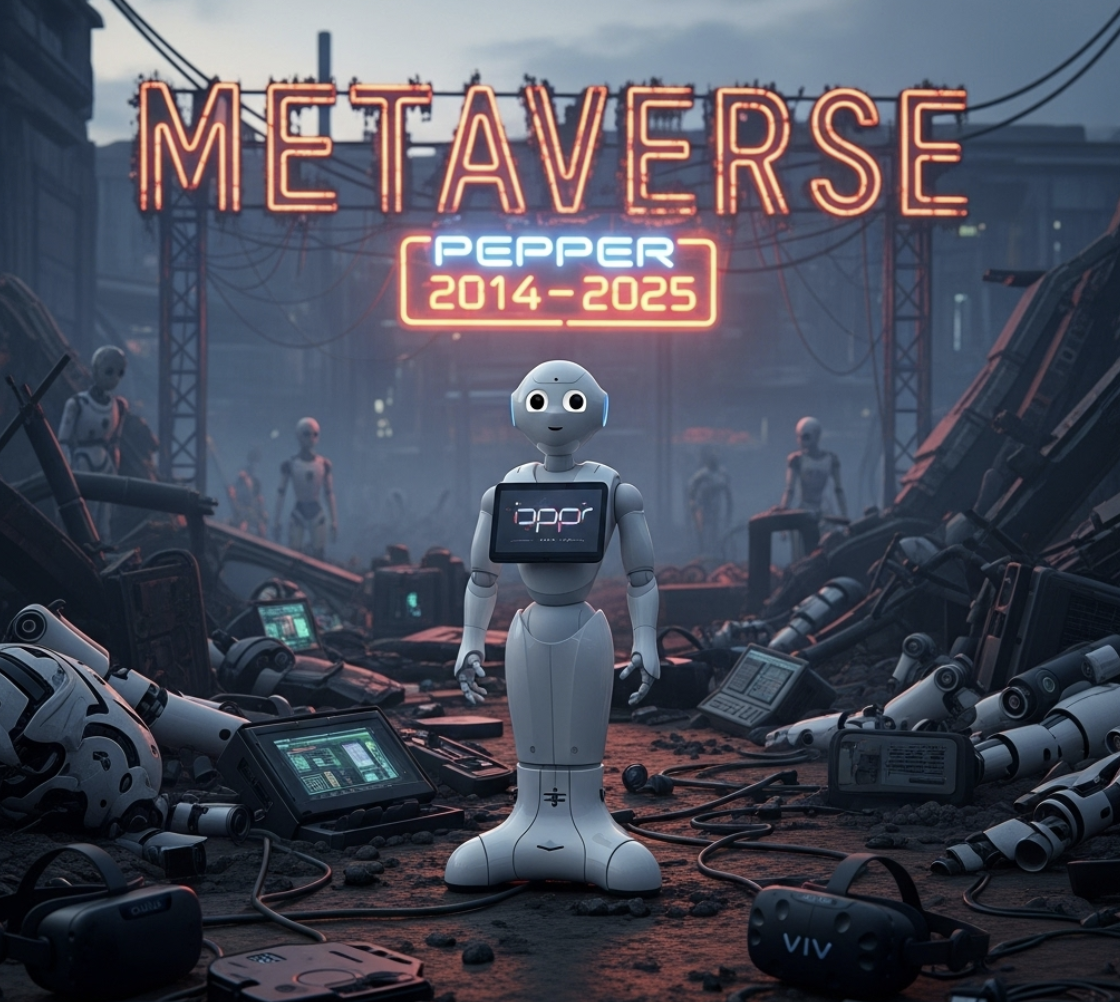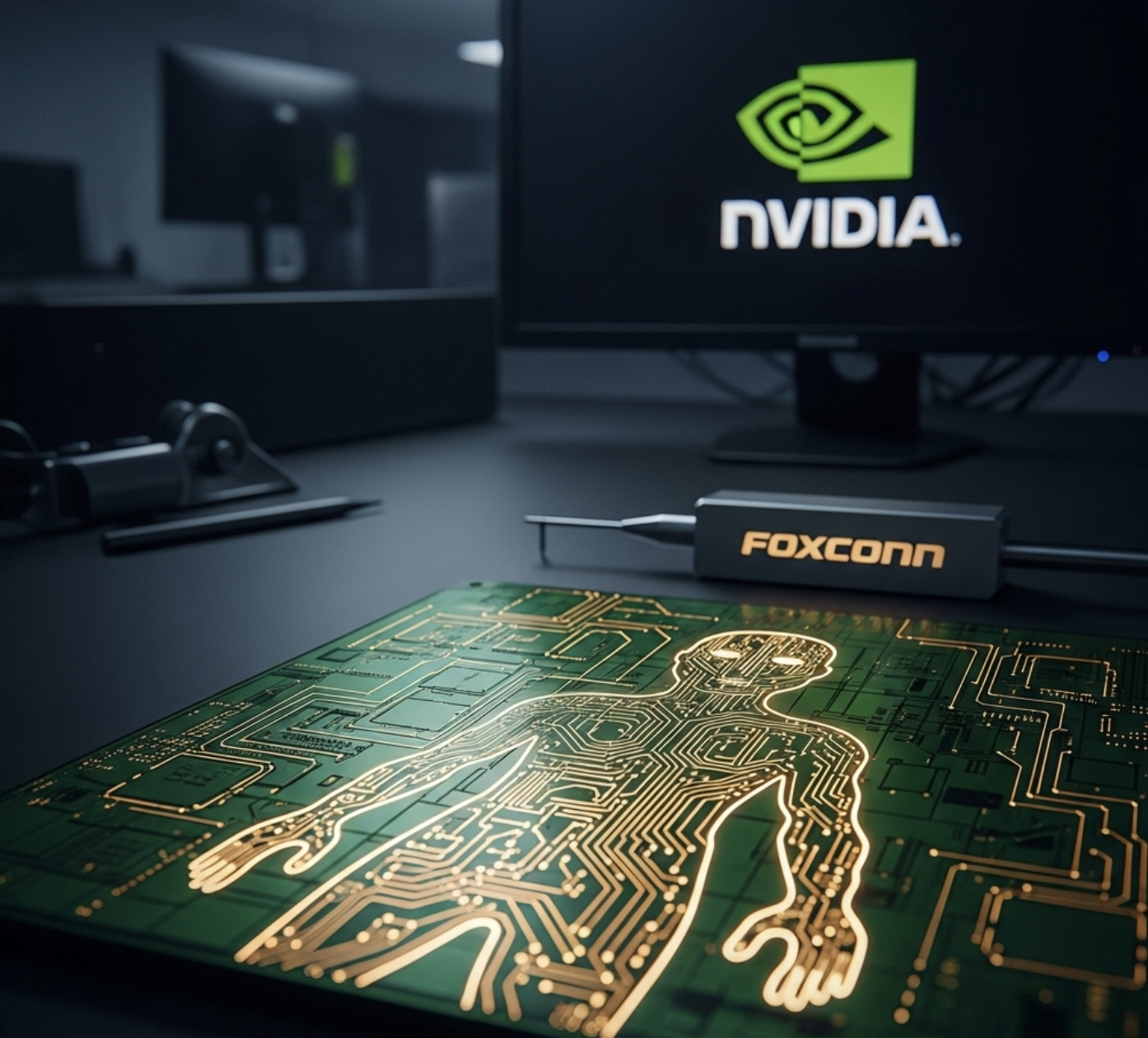
The virtual reality industry was once hailed as the future of computing, until the bodies started piling up. As the humanoid robotics market heats up with promises of “the next big thing,” VR’s catastrophic failures offer a sobering preview of what may come.
Solution Without a Problem
Pepper promised “emotional AI” but delivered little beyond scripted interactions
The Novelty Trap
Bought by companies for PR, then shelved when the hype faded
Sound familiar? (See: VR arcades, metaverse investments)

Pepper’s Collapse Wasn’t an Anomaly, The VR Graveyard Shows Exactly How This Ends
Oh, how we never learn.
2016 VR Hype: “This changes everything!”
2024 Humanoid Hype: “This changes everything!”
Let’s take a trip down memory lane and examine why this story keeps ending the same way.
Oculus Rift (Discontinued) – Meta’s flagship PC VR headset axed as tethered VR proved unsustainable.
HTC Vive (Decline) – Once the premium choice, now overshadowed by Meta and Valve.
Google Daydream VR (Shut Down, 2019) – Google’s mobile VR dream collapsed from lack of interest.
Samsung Gear VR (Discontinued) – Proved smartphone VR was a gimmick, not a revolution.
Lenovo Mirage Solo (Discontinued) – Left to die when Google abandoned Daydream.
Pico Goblin (Discontinued) – Even ByteDance’s deep pockets couldn’t save it.
Sony’s PSVR1 (Phased Out) – Bulky and wired, replaced by the struggling PSVR2.
AltspaceVR (Shut Down Twice) – Microsoft killed it, Meta revived it as a zombie.
Oculus Story Studio (Shut Down, 2017) – An Emmy-winning VR studio deemed unprofitable.
Within (Gutted by Meta) – Creators of TheBlu saw projects canned post-acquisition.
Jaunt VR (Shut Down, 2019) – The “Netflix of VR” pivoted to AR… then died anyway.
WeVR (Shut Down, 2020) – Gnomes & Goblins couldn’t justify VR storytelling costs.
Survios (Downsized) – Raw Data was a hit, but layoffs came when VR didn’t scale.
Sansar (Shut Down, 2020) – Linden Lab’s Second Life VR successor flopped hard.
IMAX VR Arcades (Shut Down) – Even IMAX couldn’t make location-based VR profitable.
The Void (Bankruptcy, 2023) – Star Wars and Avengers experiences weren’t enough.
VRstudios (Bankruptcy, 2020) – Another failed attempt at monetizing VR experiences.
Dreamscape Immersive (Struggling) – Spielberg and Disney backing didn’t prevent cuts.
Magic Leap – By August 2024, Magic Leap had raised at least $3.5 billion, including $750 million from Saudi Arabia’s Public Investment Fund.
As of December 2024, the Magic Leap One is no longer supported or working, becoming end of life and abruptly losing functionality when cloud access was ended. This happened whilst encouraging users to buy a newer model
Meta’s Metaverse ($40B+ Losses) – Horizon Worlds remains a ghost town.
Amazon VR Shopping (Failed) – Turns out nobody wants to shop in VR.
Microsoft HoloLens (Dead, and this was not even VR) – Microsoft confirmed that its HoloLens mixed reality hardware efforts have officially come to an end.
The Lesson? Maybe VR keeps failing because most people ultimately don’t want to be cut off from reality. The survivors (Meta Quest, Valve Index) only endure by catering to gamers.
People don’t want to be locked in a headset – they want better screens, better tools, better ways to interact with the real world.
AR glasses (when they finally work) will kill VR – because nobody actually wants to live inside a simulation.
The holodeck was the dream all along – not a fake world, but the real one, upgraded.
Less “metaverse,” more “useful overlays” (think: AR navigation, live translations, 3D design tools).
Less “escape,” more “enhance”- gaming, fitness, and work, but without cutting you off from reality.
Less Zuckerberg, more Tony Stark – tech that works with the world, not against it.
By 2035, the humanoid market will mirror VR’s graveyard, a few survivors and a wasteland of dead startups.
The bloodbath is coming.



